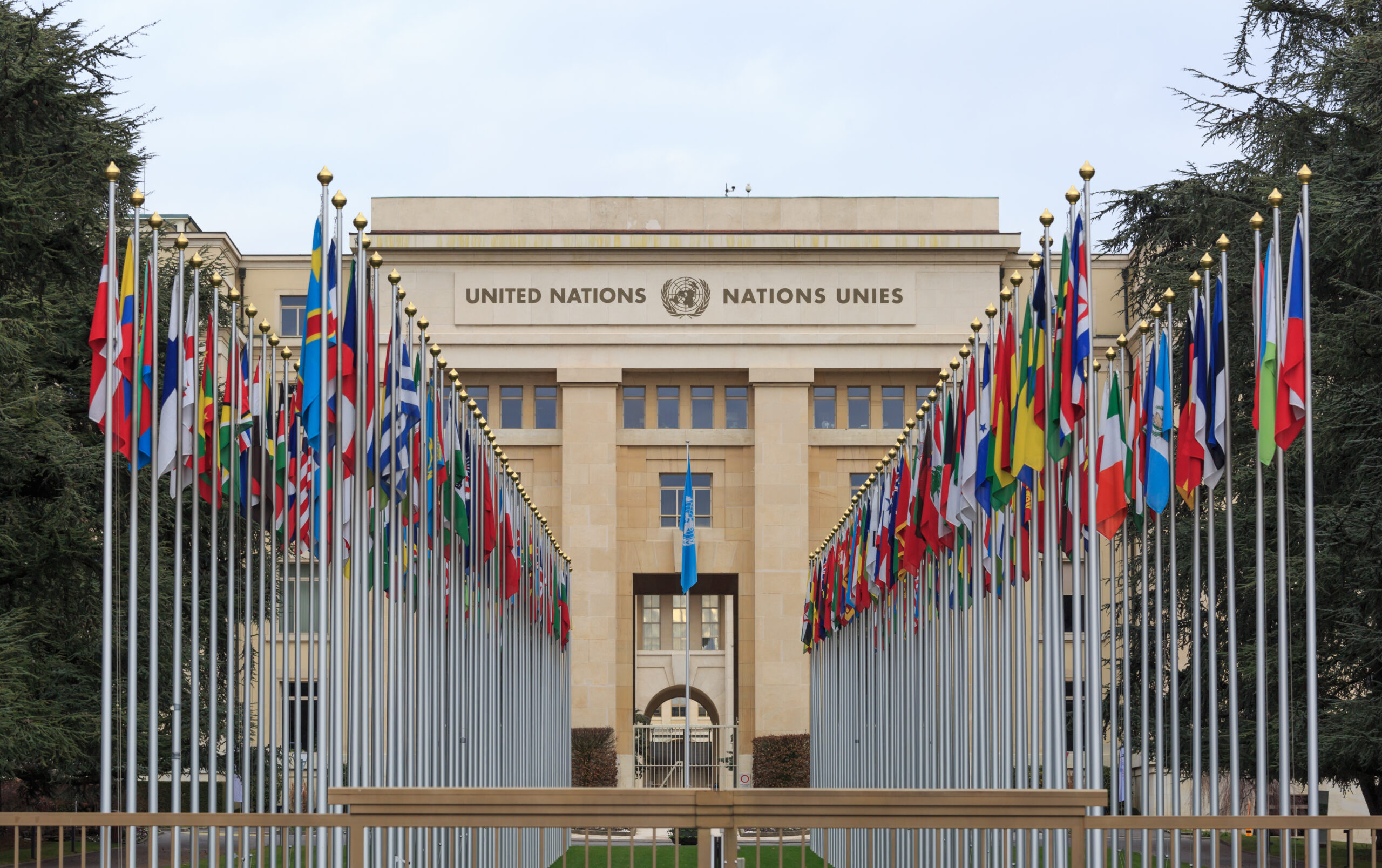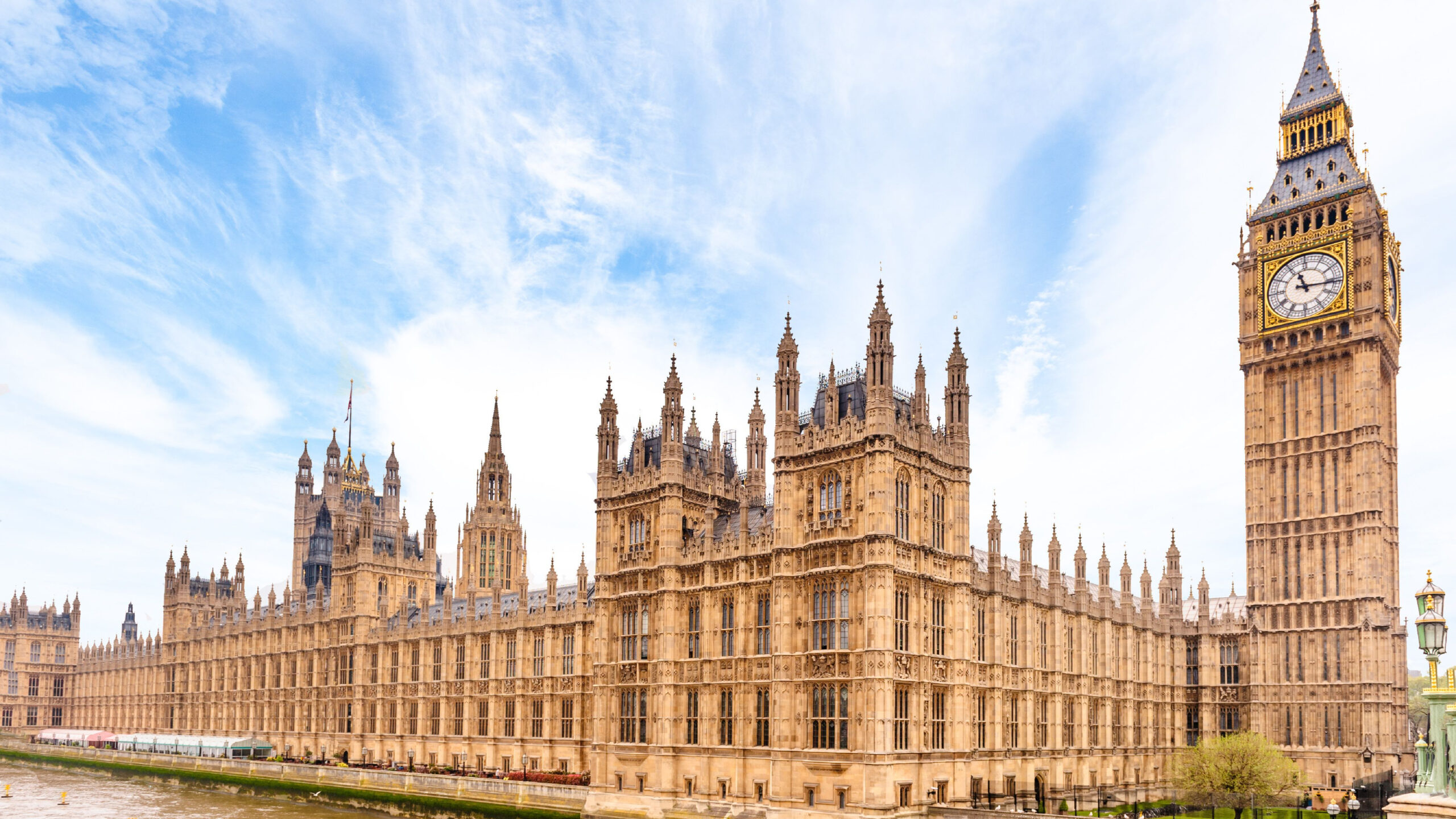Lesson from Estonia: Private sector and government partnerships matter as much as venture capital
The need for innovation and start-up cultures is a given in the tech world: tech companies that don’t innovate don’t last very long. Outside this environment many companies and governments prefer to paint themselves as victims of the intense changes wrought by Internet and high technology. These parallel cultures mean most companies, and especially governments, find it hard to disrupt themselves (examples like gov.uk are relatively few). Where many governments fight innovations, Estonia decided to embrace them.
In this small Northern European state, the government is fostering a start-up culture and marrying it with radical administrative disruption. The President is a geek and the job of the few bureaucrats that exist is to “exploit the dynamic forces of private competition.“ Here digital technology breeds opportunity and jobs instead of chafing against red tape.
You’ve undoubtedly heard about Skype; perhaps Estonia’s 13 year old eID system is a flicker in your memory. But are there shared ingredients? Can it be copied?
The first ingredient is hard to copy. Estonia has a population of 1.3 million – a close-knit community half the size of Brooklyn, which is easier to shape than a decentralized Germany or a mammoth United States.
The second is a historical legacy of both tech and direct action. The Soviet Union’s Institute of Cybernetics (still running today) was founded in the Estonian capital Tallinn in 1960. It’s no coincidence that the parents of some of Skype’s founders worked there or that its headquarters is next door. Meanwhile citizens each year participate in “Let’s Do It” day – banding together to fix things in their community with their own hands.
That’s related to the third ingredient, the #EstonianMafia start-up scene – where names like Toggl and GrabCad are racing to be the next TransferWise.
But it’s the fourth ingredient that matters most: partnerships for achieving scale.
Estonia has the world’s most mature electronic identity ecosystem, which Estonians use to obtain around 3,000 different public and private services. The system enabled the world’s first inter-governmental eID agreement (with Finland) and the world’s first eResidency programme (they want 10 million eResidents – the equivalent of the US inviting all of China to become eResidents!)
Estonians give nearly 50 million digital signatures per year for everything from invoices to health decisions. Did you know it was created because banks pushed for it ? Or that telecoms operators gave it critical mass?
“What made Estonia‘s eID different was not its technical specifications but the extent of public private cooperation,” says Luukas Ilves, the country’s digital spokesperson at the European Union. Whereas the average citizen doesn’t interact directly with government everyday, she does call, bank and shop on most days. Tying in those services enabled quick universality, at close to zero marginal cost.
It took a cooperative approach to fuel the innovation. “Estonia‘s experience shows that you don’t just need good technology – you need great execution. The real value of digital transformation arises from network effects – when something is universally available and used, which lowers costs for all involved and drives the development of useful services,” Ilves told Project DisCo.
The government did not forget the back-end of that equation. If you have universal demand, you also need the networks to support it. So Estonia established the Estonian Broadband Development Foundation (EBDF) to carry out “EstWin” a plan to ensure 100Mpbs fibre throughout both urban and rural areas (with help from EU development funds). EstWin provides some backhaul services in rural areas, but equipment last mile and services were delivered through fully competitive tendering managed by EstWin.
Then in 2013, in Europe’s best-kept tech secret, Estonian authorities revolutionised how radio spectrum can be deployed for mobile. Instead of filling their coffers they set 4G policy around the needs of users. Users wanted universal 4G; innovators need it for their ideas to achieve scale. So the Estonians created the objective of “maximum coverage, maximum use” and gave away the first part of the spectrum for just 1 million euros / US$ 1.2 million. Incredibly they told the winner – Teliasonera – they had 21 days to cover the whole country in 4G base stations. The country’s fibre backhaul network made this possible, and Ericsson partnered with Teliasonera to hit the target through back-to-back shifts 24 hours a day. So much for Europe being slow.
Today around half of all mobile data traffic in Estonia is carried over 4G, mostly user-generated content, video and services such as Spotify, according to telecom operators. “The fact that ultra-fast mobile internet is available almost everywhere throughout the country makes it possible to use public and private e-services anywhere, and anytime,” says Valdo Kalm, CEO at Eesti Telekom. The next step is LTE-Advanced networks capable of 300Mbps which are now ready; while competitor Elisa Estonia is testing VLC (visible light communication) with Japanese-Estonian start-up Lampserve.
What does all this connectivity and collaboration mean for an investor or a citizen?
“In Japan we have to ask permission to test our technology on the streets from five different ministries and also the police and they do not communicate … Here, bureaucratic procedures are simpler,” Elisa’s Japanese business partner told Estonian daily newspaper Postimees.
The effects for citizens are equally clear in mind of Luukas Ilves: “We estimate that the average Estonian saves two weeks of time per year from avoiding paper-based workflows.”
Facebook, Google and Twitter are all in the game of trying to be a universal ID verifier, but for Estonians, it was their government who got there first. By the time a newborn leaves the hospital they will have digital birth certificate, while annual tax filing takes a single login and click. The government can never ask for the same information twice.
Estonia’s Chief Information Officer says that Estonia wants to be to global ID as American Express was to global travel: the people who proved it could be safe and simple for the masses. That would be no small achievement. The process of governing and solving is much more complicated in today’s digital and globalised world than in the slower, simpler past. All our significant social and economic challenges require not only innovation, but also partnerships for solutions. To achieve that requires openness to digital technology and both an innovative business culture and innovative administration; that’s the real lesson from Estonia.








